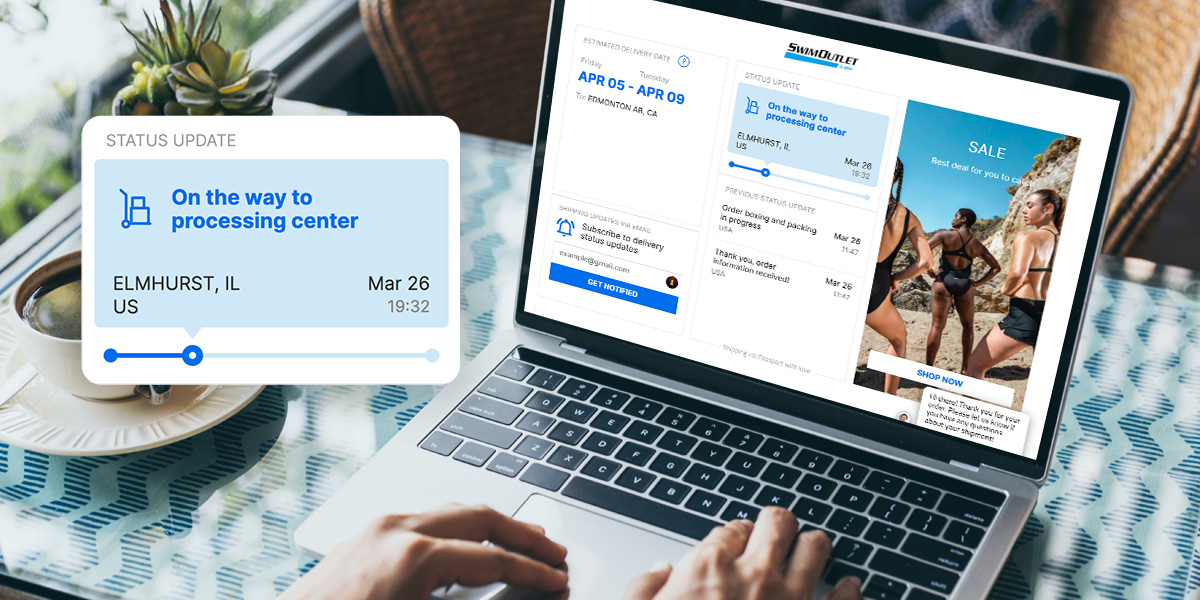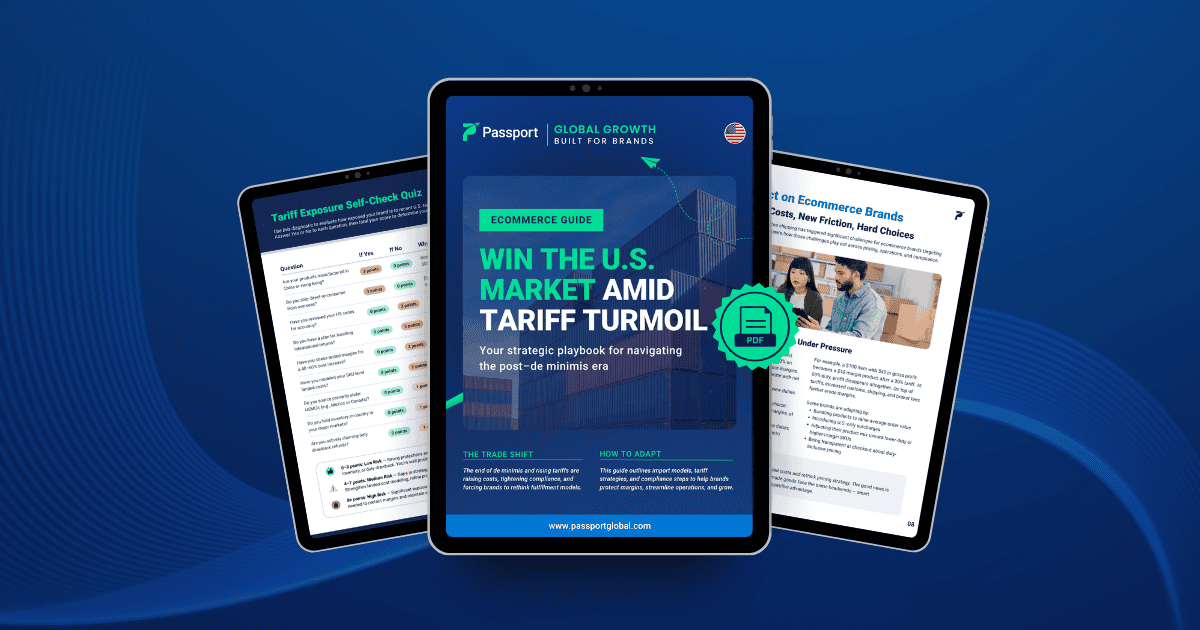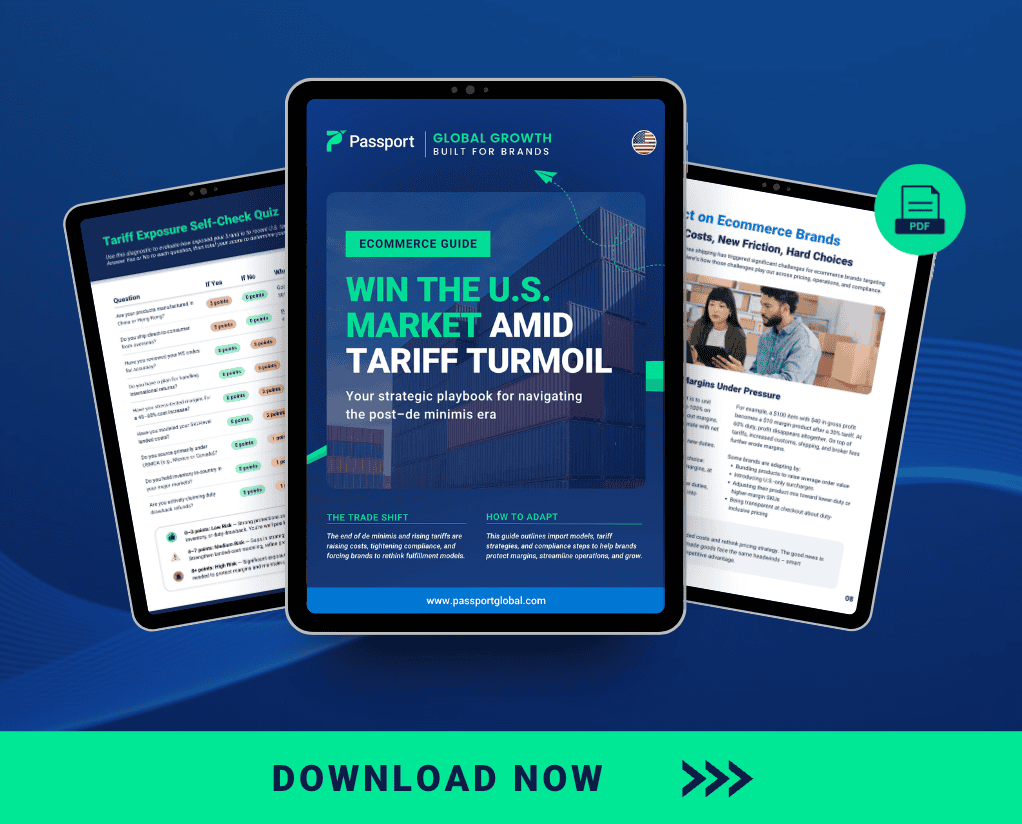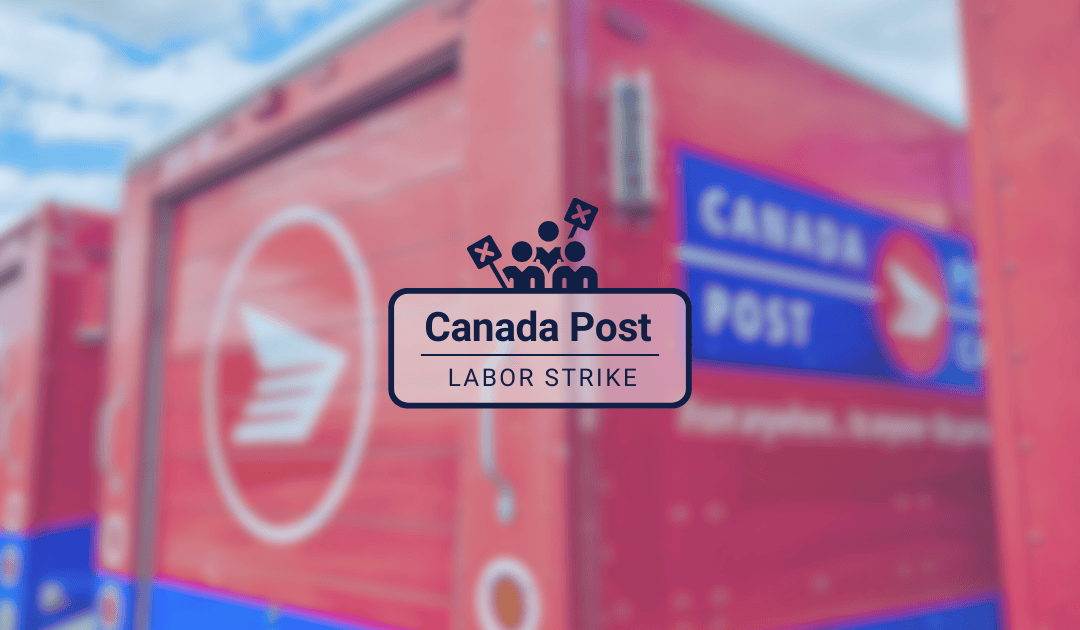Global trade is shifting under ecommerce’s feet.
On May 2, 2025, the U.S. ended its de minimis exemption for China and Hong Kong. On August 29, 2025, that exemption disappears for all countries. Every parcel—regardless of value—must clear customs through a formal entry, and every shipment is now subject to duties.
At the same time, punitive tariffs are piling up. For China-made goods, import taxes can now stack as high as 30–50% or more when layered with Section 301 duties, emergency tariffs, and reciprocal tariffs. And enforcement is only getting tougher: customs audits are up more than 150% month over month in 2025, and penalties for undervaluation or misclassification are severe.
For many brands, this feels like a dead end. But the reality is: the U.S. remains the most important consumer market in the world. The winners will be those that pivot fast.
Why Tariff Shifts Matter for Ecommerce Brands
Without de minimis, the “label-and-ship” model that powered so many cross-border sales is no longer viable. Brands face:
- Tighter margins — a $100 item with $40 profit can lose 75%+ of its margin under new tariffs.
- Higher fulfillment costs — every shipment now needs detailed paperwork, broker fees, and an Importer of Record.
- More complex compliance — from accurate HTS codes to stricter customs oversight, mistakes can cost more than the duties themselves.
But it’s not all bad news. With the right import model, these challenges can become a competitive advantage.
New Paths to U.S. Growth
Our new whitepaper, How Ecommerce Brands Can Still Win the U.S. Market Amid Tariff Turmoil, outlines proven strategies to adapt quickly and preserve growth:
- In-Country Enablement – Bulk shipping into the U.S. at manufacturing cost, then fulfilling domestically for faster delivery and lower duties.
- B2B2C Structures – Creating a U.S. entity to optimize duty exposure and pricing flexibility (best for larger brands).
- Duty Drawback – Recovering up to 99% of duties on exported goods.
- Pricing & Checkout Strategies – Protecting margins without eroding customer trust.
- Compliance as a Differentiator – Positioning “playing by the rules” as a way to win market share while others stumble.
These aren’t abstract theories—they’re practical frameworks, checklists, and examples based on what ecommerce leaders are already doing today.
Don’t Wait—Act Now
De minimis is ending for all countries in just days. The time to reassess your U.S. strategy is now. Brands that wait for a policy reversal will fall behind. Brands that adapt will not only survive, but strengthen their operations, improve customer experience, and unlock scalable U.S. growth.
Download the full whitepaper here
Looking for help navigating the new global regulations? Schedule a call to talk to a Passport expert today.












